 |
| The Chi Dong communal house has just been recognized as a provincial historical relic. |
Cultural symbol of the land
According to the book O Chau Can Luc by Duong Van An (written in 1553), under the Mac Dynasty, the village was named The Chi (The Chi Dong, Dien Hai commune and The Chi Tay, Dien Hoa commune), which was a place name listed in the list of 53 communes of Dan Dien district, Trieu Phong prefecture, Thuan Hoa region. In the work Phu Bien Tap Luc by Le Quy Don, it is stated that The Chi - Dong - Tay belongs to Phu Oc commune, Quang Dien district, Trieu Phong prefecture, Thuan Hoa region; in which, Phu Oc commune has 4 communes, 2 wards: Phu Oc, Bao La, Bac Vong - Dong - Tay, The Chi - Dong - Tay, Thuy Lap, Xuan Tu.
The origin of the residents of The Chi Dong village is from Thanh Hoa, Nghe An region, who came here to settle down and establish the village around the middle of the 16th century. The process of formation and development of the new village became more vibrant since Lord Nguyen Hoang came to guard Thuan Hoa (1558). The Chi Dong is a land rich in cultural traditions, the people are gentle, love to work, respect etiquette and unite to help each other in life. Right from the establishment of the village, the first residents made efforts to preserve and promote the cultural capital brought from their old homeland, combined with inheriting the quintessence of indigenous culture to soon create for themselves a beautiful lifestyle and family traditions in the new land.
Like many other villages, during the process of village formation, a system of architectural and religious works such as communal houses, pagodas, temples, etc. were gradually established to meet the spiritual and community needs of the villagers. The communal house became the center of cultural activities, a point connecting the past and the present. The birth of The Chi Dong communal house was no exception to that purpose.
According to the village management board, the exact time of construction of The Chi Dong Communal House is unknown, but it is known that initially, the communal house was built in the style of a 5-room, 2-wing house with a wooden frame and a tiled roof. On the ridges, eaves, and eaves... were decorated with images of Dragons, Unicorns, Turtles, and Phoenixes... Over time, the communal house was damaged and completely burned during the resistance war against French colonialism. The villagers contributed their efforts to rebuild the communal house with a wooden scaffolding, right on the old ground. After many renovations and repairs, the communal house is spacious, but still follows the architectural motif of the Nguyen Dynasty, bearing the characteristics of a communal house in Hue .
The Chi Dong communal house has the typical features of Nguyen Dynasty folk architecture, more or less inheriting the traditional communal house architecture in the North. On the other hand, it has been supplemented and adjusted to suit the geographical and cultural conditions during the migration from the North to the South of the Vietnamese people, closely associated with the process of reclaiming Thuan Hoa under the Nguyen Lords. The decorative themes in the communal house have contributed to reflecting the characteristics of a village with a long history and cultural tradition.
Through many historical ups and downs, the communal house still retains many cultural characteristics of the Vietnamese people in the new land. The Chi Dong communal house still preserves quite well the valuable Han Nom documents (horizontal boards, parallel sentences, royal decrees, land registers, funeral orations, etc.), reflecting the process of formation, development, social and cultural life, customs, land policies, and taxes of the people through the periods.
Promote value
The Chi Dong Communal House is a place to worship those who have contributed to the village and the country. This is also the place where on occasions of ceremonies, tomb-sweeping, Lunar New Year, and festivals, villagers gather to commemorate the merits of their ancestors who have contributed to the village and hamlet establishment. Here, villagers meet, exchange feelings, strengthen the village and neighborhood relationship, and recall the heroic traditions of their homeland.
The Chi Dong communal house occupies an important position in the people's consciousness. The communal house is a sacred place for villagers to remember their ancestors who founded the village and defended the country... This is not only a place to entrust the spiritual wishes of the villagers about their roots and a prosperous and happy life, but also a center of cultural activities of a community in a new land; a place that connects the past with the present and creates a close relationship between the villagers and the social community of the traditional village.
Mr. Cao Huy Man, Chairman of Dien Hai Commune People's Committee, shared that the cultural and religious activities at The Chi Dong communal house have become a traditional beauty of the villagers, connecting the past, present and future, so that the flow of history is constantly extended in the memories of each person in Dien Hai commune in particular and the people of Phong Dien district in general about their homeland. The land has a rich history and culture, resilient and indomitable revolutionary struggle. Thereby, contributing to preserving and promoting traditional values, building Dien Hai homeland increasingly rich and beautiful.
Mr. Nguyen Hong Thang, Head of the Department of Culture and Information of Phong Dien district, emphasized that the historical and cultural values of The Chi Dong communal house will last forever and have a practical effect ineducating the young generation today and tomorrow to love their homeland and country. Raising the sense of responsibility of the young generation in preserving and increasingly promoting the traditional historical and cultural values of their homeland. This is also a premise for the district to research and develop plans to promote values, especially combining tourism exploitation to the relic.
Source



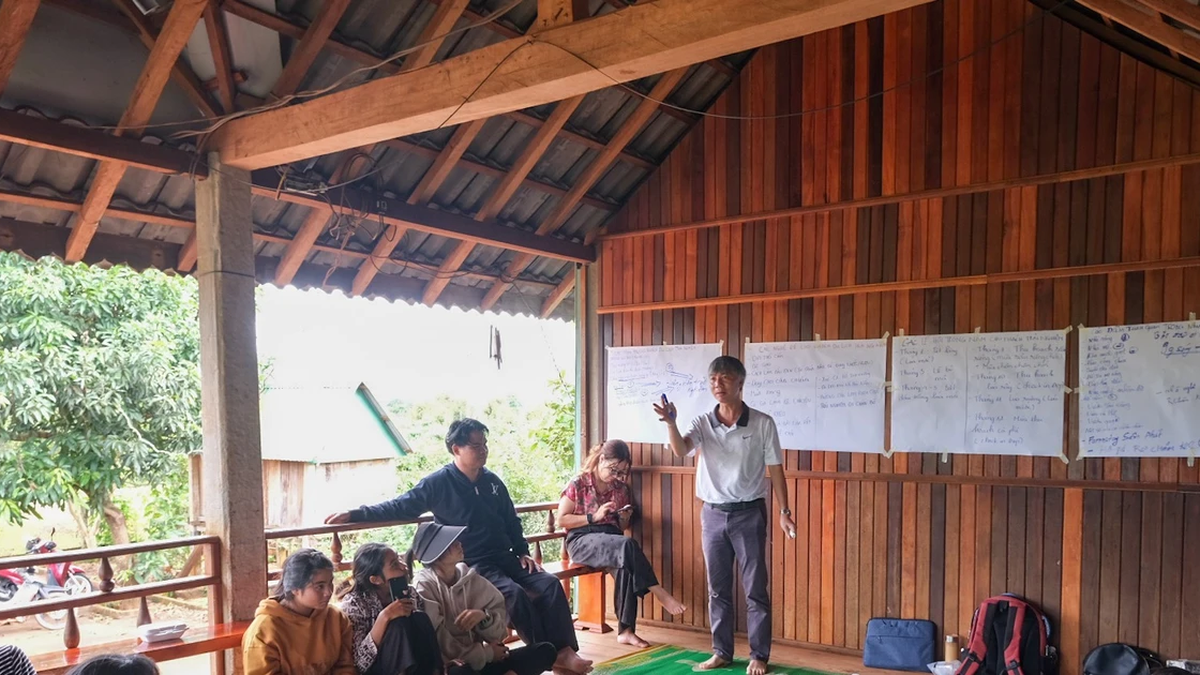


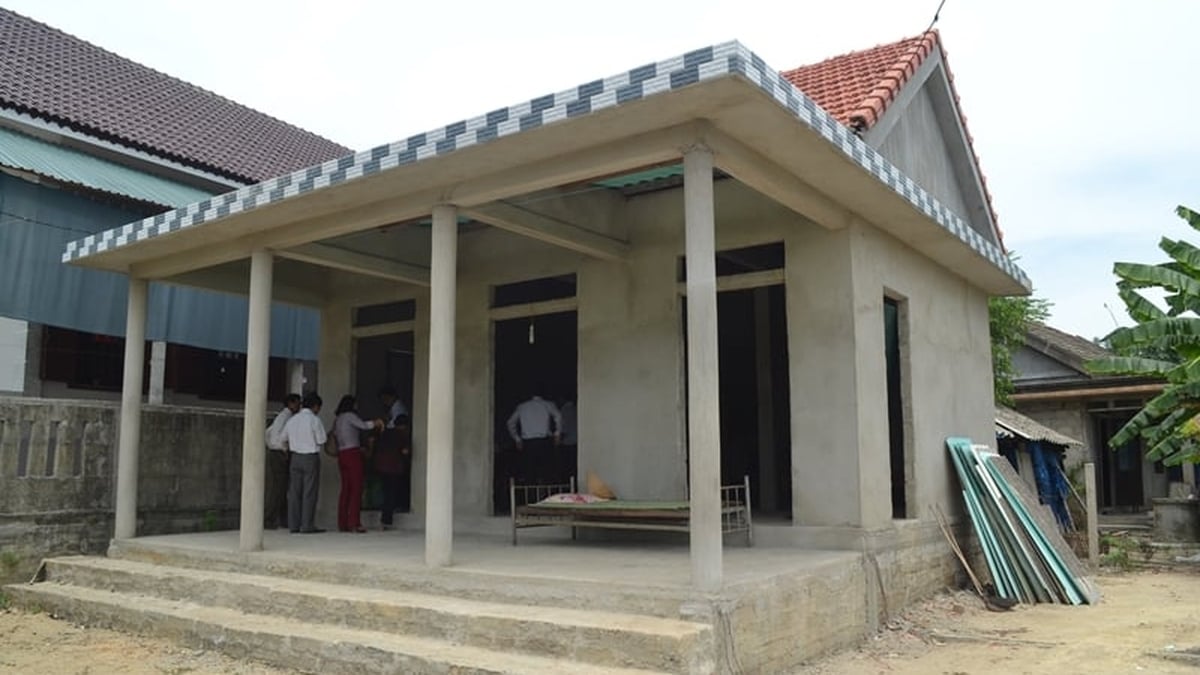
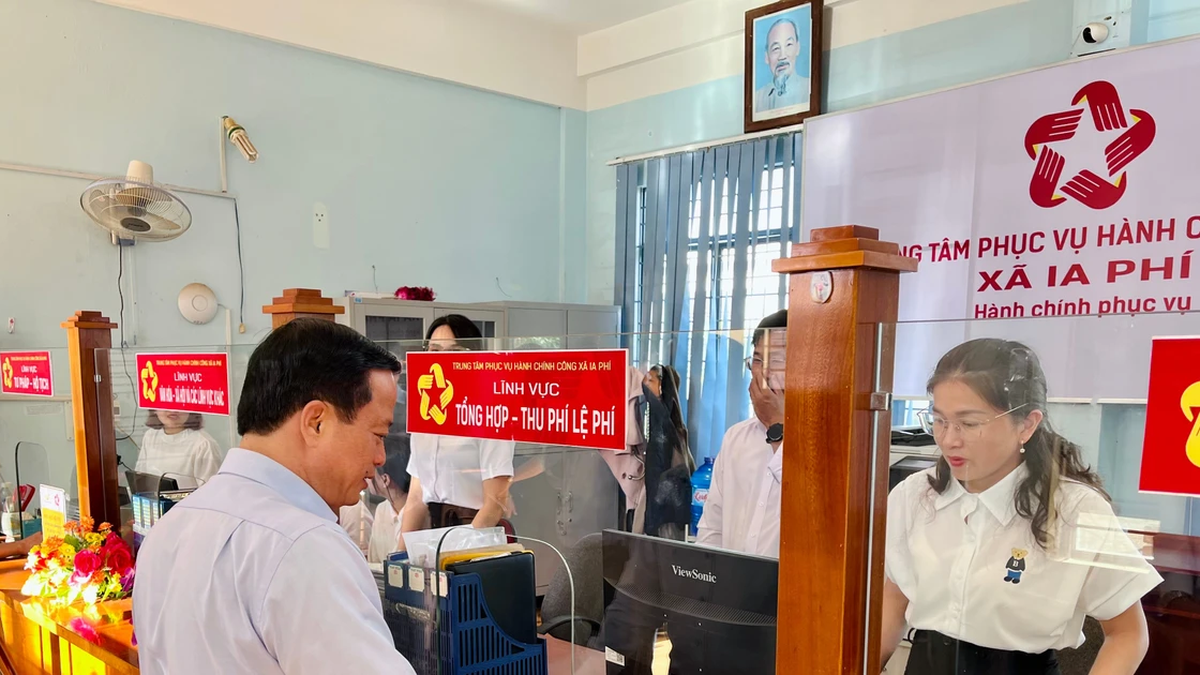

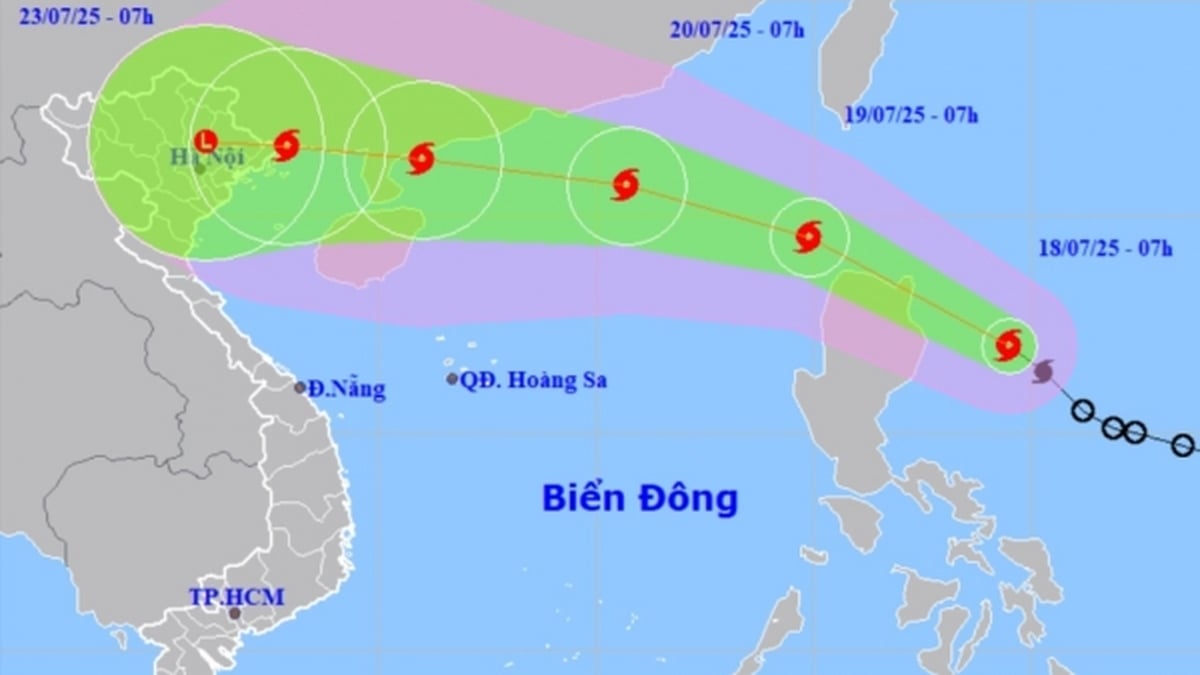
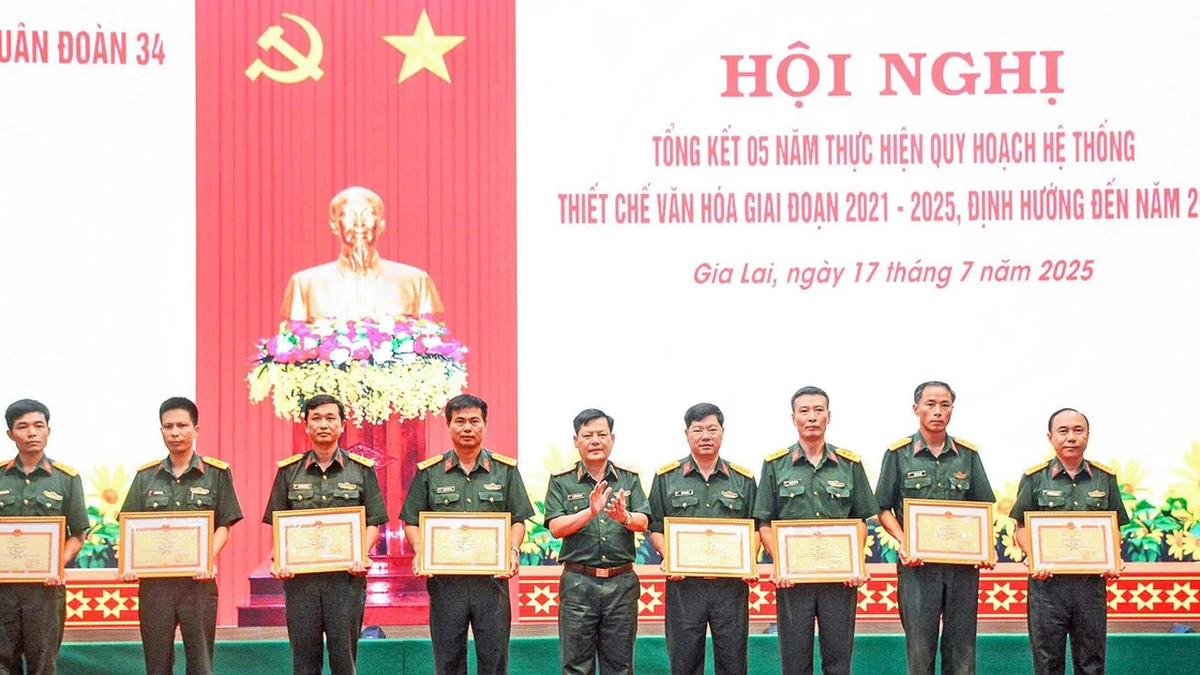

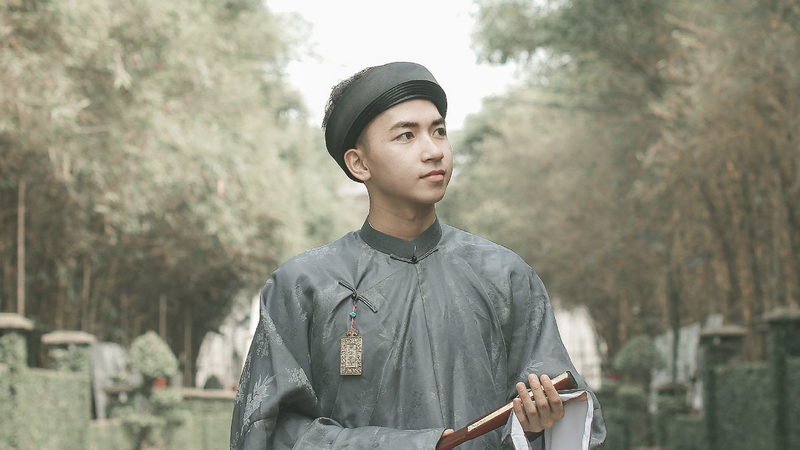
















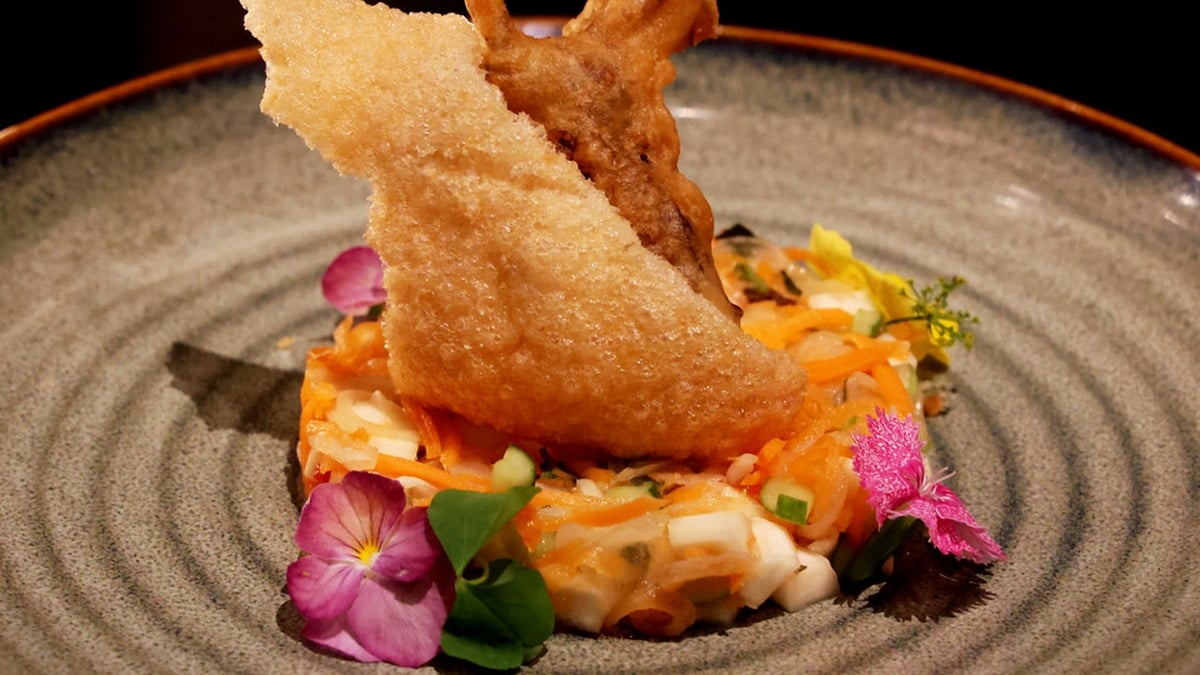


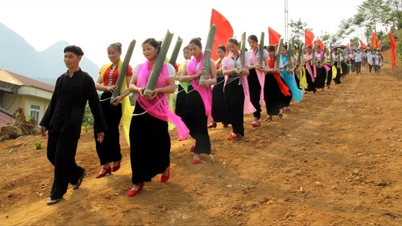




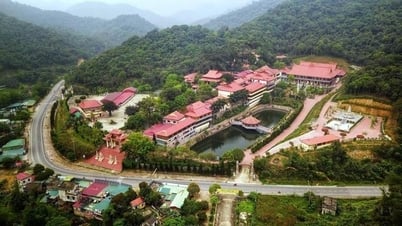

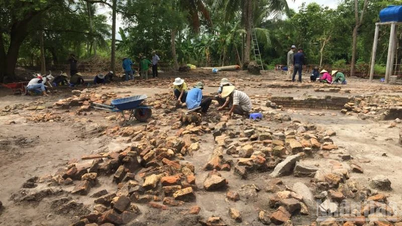
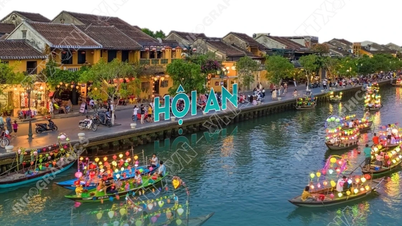

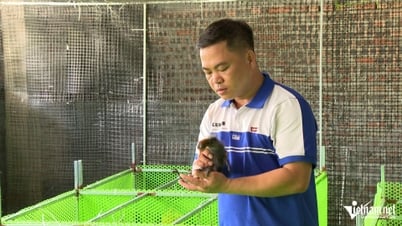
























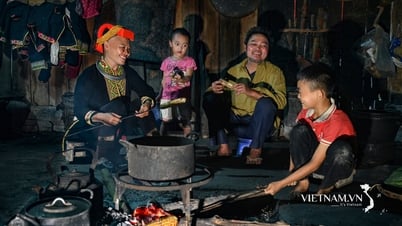



























![[Infographic] In 2025, 47 products will achieve national OCOP](https://vphoto.vietnam.vn/thumb/402x226/vietnam/resource/IMAGE/2025/7/16/5d672398b0744db3ab920e05db8e5b7d)





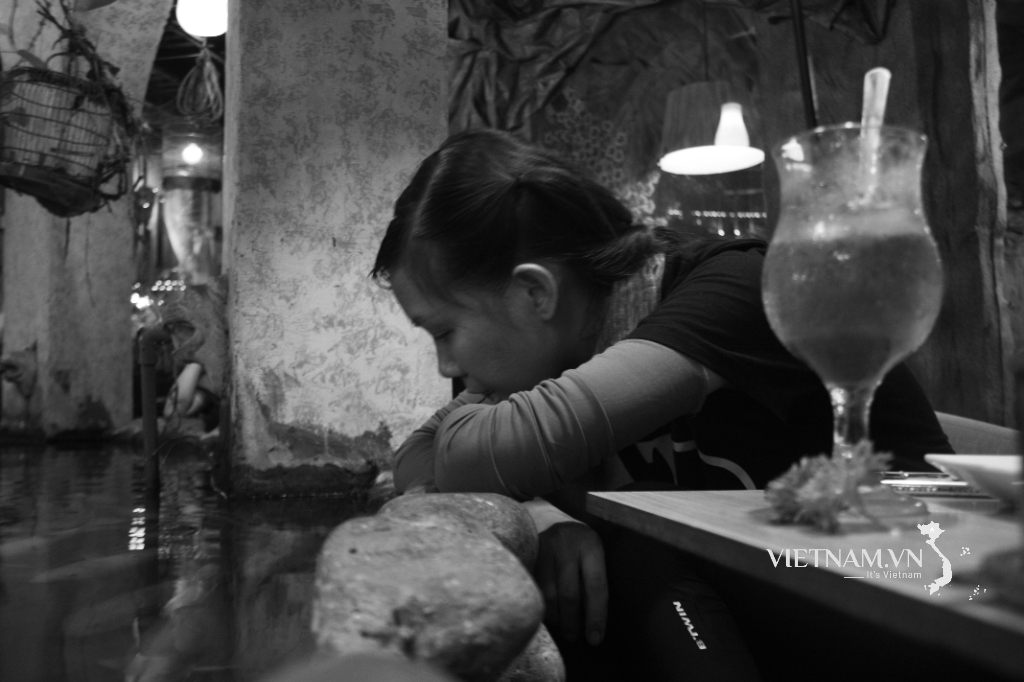

Comment (0)